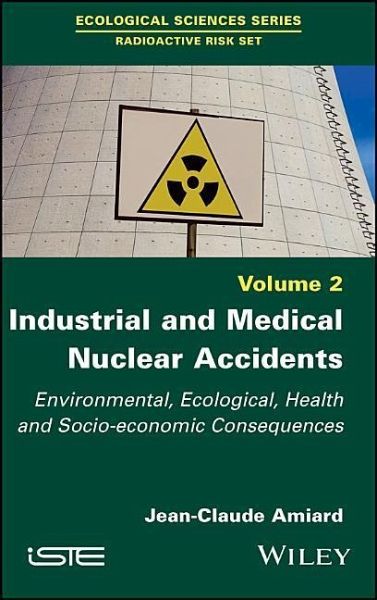
Industrial and Medical Nuclear Accidents
Environmental, Ecological, Health and Socio-Economic Consequences
Versandkostenfrei!
Versandfertig in über 4 Wochen
158,99 €
inkl. MwSt.
Weitere Ausgaben:

PAYBACK Punkte
79 °P sammeln!
The peaceful use of atomic energy has given rise to a variety of nuclear accidents from the start. This concerns all forms of use, industrial and medical. For each accident, Industrial and Medical Nuclear Accidents details the contamination of the environment, flora and fauna, and quantifies the effects of ionizing radiation. The book also examines the adverse effects on the health, both physical and mental, of the human populations concerned. The monetary cost is also evaluated. The research presented in this book is based on scientifically recognized publications and on the reports of nation...
The peaceful use of atomic energy has given rise to a variety of nuclear accidents from the start. This concerns all forms of use, industrial and medical. For each accident, Industrial and Medical Nuclear Accidents details the contamination of the environment, flora and fauna, and quantifies the effects of ionizing radiation. The book also examines the adverse effects on the health, both physical and mental, of the human populations concerned. The monetary cost is also evaluated. The research presented in this book is based on scientifically recognized publications and on the reports of national and international organizations competent in this field (IaeA, WHO, UNSCEAR, IRSN, etc.). The book contains chapters devoted to the most recent accidents (Chernobyl and Fukushima), with a large body of institutional and academic literature.




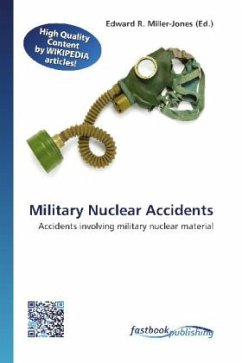
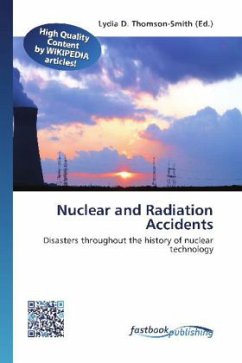
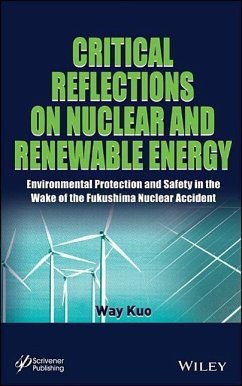

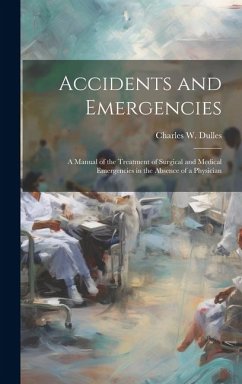

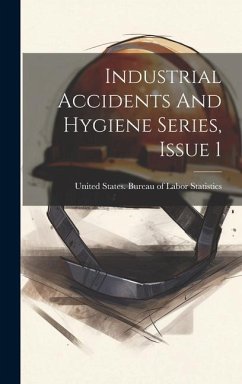
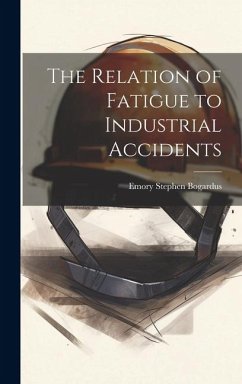
![First-Ninth Report, Bureau of Labor Statistics: Industrial Accidents in Illinois for the Year[S] Ending December 31, 1907-1915 Cover First-Ninth Report, Bureau of Labor Statistics: Industrial Accidents in Illinois for the Year[S] Ending December 31, 1907-1915](https://bilder.buecher.de/produkte/64/64919/64919023n.jpg)
